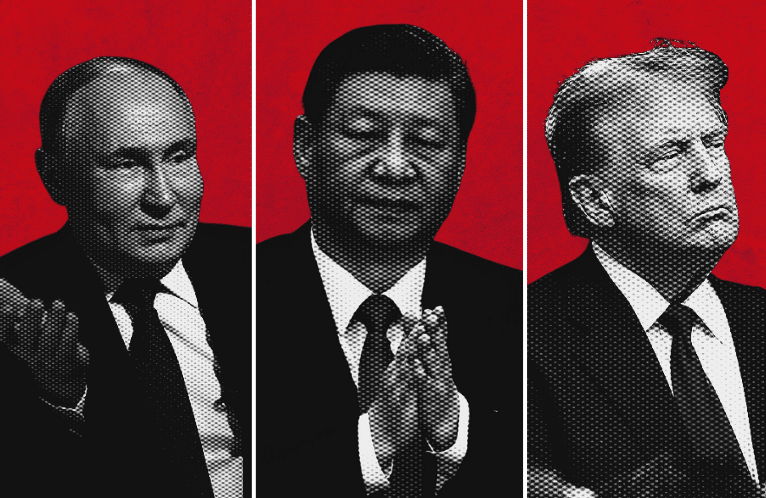US-India Patrols in the South China Sea? Maybe Not Just Yet
Early on Wednesday, Reuters published an interesting exclusive, suggesting that the United States and Indian navies are considering the idea of jointly conducting patrols in the South China Sea. It isn’t explicit if the idea under consideration is a bilateral U.S.-India freedom of navigation patrol, which would require Indian and U.S. vessels to challenge excessive maritime claims, or simply a bilateral passing exercise or other less contentious patrol. Both India and the United States support freedom of navigation, globally and in the South China Sea.
In recent years, as I’ve noted at The Diplomat, New Delhi has grown more accustomed to emphasizing the principle in its official statements. Last January, when Obama was in India for a state visit, he and Indian Prime Minister Narendra Modi affirmed the importance of freedom of navigation. Just this past weekend, Modi, speaking before the 2016 International Fleet Review in Visakhapatnam, reiterated Indian support for freedom of navigation.
It’s not surprising that U.S. and Indian officials are talking about the South China Sea. Overall bilateral strategic and defense ties between Washington and New Delhi have been on a steady track of convergence over the past decade and the South China Sea has risen on both their radars in the meantime. India is seeking to “Act East” these days and has pursued a more active sort of diplomacy with ASEAN and its constituent member states. What’s more, India’s 2015 Maritime Security Strategy document and 2009 Maritime Doctrine have classified the South China Sea as a “secondary zone of interest” for the Indian Navy.
Per Reuters, no decision has been made on U.S.-India bilateral joint patrols. If they do take place, the report notes, they’ll happen later this year and will occur in the Indian Ocean and the South China Sea. If I were to prognosticate, I wouldn’t say it’s likely we’ll see these patrols take place soon—at least in the South China Sea. I’d be entirely skeptical of the idea that New Delhi would entertain undertaking freedom of navigation patrols in the South China Sea with the United States. The Indian military, as a matter of policy, generally only joins bilateral or multilateral efforts outside of its immediate region as part of a United Nations-sanctioned mission. As the Reuters exclusive further noted, “the Indian navy has never carried out joint patrols with another country.”
What’s interesting about this report is what it suggests about how Washington sees New Delhi’s role in the South China Sea. So far, the United States has sought support from its regional allies, including Japan, Australia, and the Philippines, as it has intensified its presence in the South China Sea. Following the October 2015 and January 2016 freedom of navigation patrols in the Spratlys and Paracels respectively, there have been varying calls for multilateralizing these operations going forward. Bringing India into the fold in the South China Sea would serve the U.S. goal of bringing allies and partners together against China’s excessive maritime claims in the area.
New Delhi is certainly interested in preserving the freedom of navigation and overflight in the South China Sea, but its interests remain subtly different from U.S. interests in important ways. For instance, India and Vietnam are cooperating on hydrocarbon exploration in the South China Sea. Additionally, any Indian involvement in patrols in the South China Sea would draw a negative reaction from China. India has to consider the idea in terms of its broader bilateral relationship with China. India and China are expanding their cooperation at this time, but their unresolved land border disputes will require any diplomatic capital that New Delhi would otherwise be willing to spend in the South China Sea.
So, what’s the bottom line on all this? If the U.S. and India do begin bilateral naval patrols this year, it’s far more likely they’ll happen in the Indian Ocean than in the South China Sea at first. If they do take place in the South China Sea, we’ll have witnessed a big change in how India conceives of its role in East Asia, the purpose of its naval power, and its cooperation with the United States there.
By ANKIT PANDA Feb. 11, 2016 on The Diplomat
Read more here








